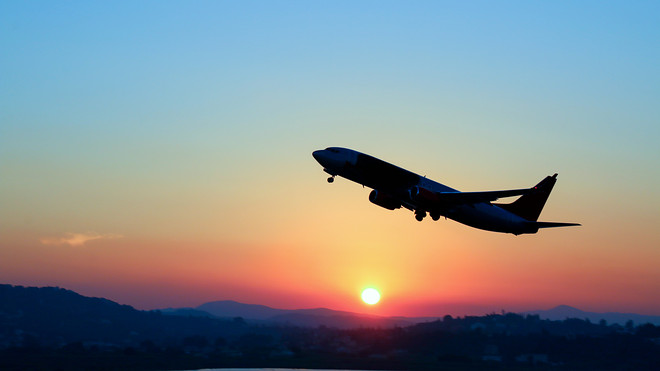
Flight Survival Strategies
Long haul flights can be the most challenging, boring, uncomfortable and sometimes exhausting part of your travel experience. Luckily there are some easy tips and adjustments that can make the experience much more comfortable and leave you feeling more refreshed and ready to start your vacation in a good state of mind. Here are some flight survival strategies.
Book Early:
The earlier you book the more likely your favorite seat will be available to reserve, be it a window seat to relax in, aisle seat for easy access or exit row for extra legroom. The longer you wait, the more likely that the middle seats will be left to choose from.
Upgrade If You Can
This is the best and most effective opportunity to use your airline miles or points for an upgrade. Business or First-Class seats have lay-flat seats that make sleeping easier and of course more comfortable. There is also the upgraded dining and drink/snacks experience which could be worth the upgrade.
Spend a Little More for Premium Economy
If you don’t have the miles or status to upgrade to Business/First, the cost to upgrade to premium economy is a little more expensive than regular economy but the benefits outweigh the costs most of the time. The seats here are a little wider, have extra legroom and recline a little further, as well as priority check in benefits.
Prepare Before Your Flight
Adjusting sleep patterns before your flight can help acclimating to your new time zone. Usually going to bed earlier than normal and awaking a little earlier can help. Most long-distance flights are overnight, arriving the following day. Therefore, if you can prepare yourself to be ready to sleep during the flight this will help immensely in how you feel the next day after you arrive.
Hydration
The air on a plane is constantly being replenished and therefore there is practically zero humidity leading to much quicker dehydration than in a normal environment. This means it is vital to drink plenty of water, much more than you normally would since dehydration leads to worsened jet lag. Consider also having an IV hydration treatment upon arrival to help alleviate this.
Move Around
If you are not sleeping, try not to sit in one position too long. Stretching and walking around the aisles every couple of hours helps to combat some of the effects of being in a pressurized cabin, particularly dehydration and risk of deep vein thrombosis.
What to Wear?
Considering you will be in one spot for 10 to 15 hours then comfort is the main key. “Comfy chic” is probably the best category to fit into here and utilization of layers is important to combat differing temperatures within the aircraft. Some people on a long flight will change into “PJ/lounge clothes” and then change again before landing.
When You Land
When you land at your destination, there might be a temptation to have a nap to catch up, particularly if you didn’t manage to sleep well on the plane. In our experience, we find it best to power through the rest of this day and go to bed at a normal time (local time 10 or 11pm) which gets us adjusted faster to the time zone change.
In conclusion the major points to focus on are putting yourself in the best position to be able to sleep on a plane, how to be most comfortable, how best to adjust to the time zone change and hydrate, hydrate, hydrate!!
Remember, the joy of travel lies not only in the destinations you visit but in the moments of wonder and awe that greet you at every turn. Happy travels, adventurers! Let’s chat now about your travel dreams.
